Korean ceramics: Spirituality through simplicity and purity
Korean ceramics, steeped in tradition and honed over centuries, present a masterclass in understated elegance. Their appeal lies not in opulence or intricate designs, but in an inherent simplicity, clarity, and naturalness that evokes a profound spiritual resonance – within the Korean peninsula and beyond. The Humboldt Museum’s collection offers a rich collection of these pieces, each resonating with a profound spiritual ethos borne out of simplicity and clarity.
The aesthetics of simplicity
Korean ceramic art, dating back to the Bronze Age, has evolved through various dynasties, each leaving its distinctive mark. Yet, throughout its evolution, the ceramics have maintained an unwavering commitment to minimalism. Unlike the ornate and intricate designs found in many other ceramic traditions, Korean pottery is celebrated for its clean lines, natural glazes, and unassuming elegance.
At the heart of Korean ceramics is the principle of simplicity. Eschewing excessive ornamentation, Korean potters focus on clean lines and smooth surfaces. This minimalistic approach creates an aura of serenity and contemplation, allowing the viewer’s mind to meditate on the form itself rather than being distracted by intricate details.
Every Korean ceramic piece serves a clear purpose. Whether it’s a bowl, vase, or teacup, its function is evident in its form. This clarity underscores a practicality and straightforwardness, reflecting a deep-rooted cultural preference for authenticity over artifice.
Another distinctive feature of Korean ceramics is their celebration of natural imperfections. Instead of seeking to mask or correct them, potters embrace these “flaws” as integral to the piece’s character. This approach speaks to a broader philosophical belief prevalent in Korean aesthetics: the idea that beauty is found in imperfection and transience, echoing sentiments found in the Korean concept of ‘han’, a feeling of deep longing or regret, and the transient nature of life.
The culmination of these elements – simplicity, clarity, and naturalness – imbues Korean ceramics with a spiritual depth. They serve as a reminder of the beauty in everyday life, the value of mindfulness, and the profound connections we share with the world around us. In the stillness of such a ceramic piece, one can find a space for reflection, meditation, and a deeper understanding of oneself and the universe.
Humboldt Museum’s collection
The Humboldt Forum has a large collection of Korean ceramics and beautifully transports this philosophy. The following images show exhibited Korean ceramics, with the accompanying text from the Humboldt Forum.
Dongla
 Pair of “boy attendants”, dongla, Korea, Joseon dynasty (1392-1910), 18th - 19th c., granite. In Korea such attendant figures were always placed in pairs opposite each other in front of a burial mound or an altar table. Their role was to constantly serve the deceased soul with offerings. The size of these figures and their topknots identify them as boys. In their hands they hold lotus buds, Buddhist symbols of purity: thanks to its particular surface structure, the lotus emerges from the water unblemished.
Pair of “boy attendants”, dongla, Korea, Joseon dynasty (1392-1910), 18th - 19th c., granite. In Korea such attendant figures were always placed in pairs opposite each other in front of a burial mound or an altar table. Their role was to constantly serve the deceased soul with offerings. The size of these figures and their topknots identify them as boys. In their hands they hold lotus buds, Buddhist symbols of purity: thanks to its particular surface structure, the lotus emerges from the water unblemished.
The changeability of form
The Korean-born artist Young-Jae Lee creates highly modern vessels whose traditional roots are nonetheless unmistakable. She is not interested in new inventions but rather in mastering and varying the traditional components of form, color, volume, and contour. Like a musical interpretation, she incorporates her personality into the design of her ceramics:
 Young-Jae Lee (b. 1951), Two spindle vases, Germany, Essen, Margaretenhöhe, before 2015 and 2021, glazed stoneware. Two bowls combine into a spindle-shaped vase. These vases are inspired by vessels that are also known as moon jars and considered symbols of Korean culture.
Young-Jae Lee (b. 1951), Two spindle vases, Germany, Essen, Margaretenhöhe, before 2015 and 2021, glazed stoneware. Two bowls combine into a spindle-shaped vase. These vases are inspired by vessels that are also known as moon jars and considered symbols of Korean culture.
From Korea to Japan
During the Japanese invasion of Korea in the 1590s, Korean potters were deported to Japan to profit from their skills. These potters played a pivotal role in shaping the Japanese ceramics, particularly in regions like Kyushu. The Korean influence introduced new forms, glazes, and kiln technologies that would become foundational in the evolution of Japanese pottery.
The Japanese embraced Korean ceramic techniques in the practice of their tea ceremonies. The Wabi-Sabi philosophy, deeply entrenched in the Japanese tea tradition, is rooted in the Zen Buddhist appreciation for simplicity, transience, and the natural world. Korean ceramics, with their understated elegance and raw beauty, perfectly encapsulated this ethos. The slightly irregular shapes, the modest glazes, and the unintentional yet harmonious imperfections resonated with the Wabi-Sabi aesthetic. This deep resonance led to the extensive use of Korean bowls, known as Korai chawan, in the Japanese tea ceremony. The humble and unpretentious nature of these bowls represented a move away from the more ornate Chinese ceramics previously in vogue, highlighting a philosophical shift towards finding profound beauty in simplicity and naturalness.
While Japan developed its distinct styles and techniques over time, like the famed Raku and Hagi ware, the roots of many of these traditions can be traced back to early Korean influences. The Humboldt Forum also holds a rich collection of Japanese ceramics, and it is enlightening to see the subtle nods to these shared origins and the unique innovations that set each tradition apart.
 Tea bowl by Kawahara Shirō 川原史郎 (b. 1949), Ryūmonji pottery, stoneware with sharkskin glaze, Showa period, 1985, Kagoshima, Kyūshū, Japan.
Tea bowl by Kawahara Shirō 川原史郎 (b. 1949), Ryūmonji pottery, stoneware with sharkskin glaze, Showa period, 1985, Kagoshima, Kyūshū, Japan.
 Tea bowl (chawan), Momoyama to early Edo period, Japan.
Tea bowl (chawan), Momoyama to early Edo period, Japan.
 Rectangular lidded box, Edo period, 18th century, Oribe ceramics, gray-white stoneware with decoration in iron brown under copper green and semi-transparent glaze with craquelé, Japan.
Rectangular lidded box, Edo period, 18th century, Oribe ceramics, gray-white stoneware with decoration in iron brown under copper green and semi-transparent glaze with craquelé, Japan.
 Container for leaf tea (chatsubo), Edo period, 17th century, Shigaraki pottery, gray stoneware with quartz inclusions and brownish glaze with green overflows, Japan.
Container for leaf tea (chatsubo), Edo period, 17th century, Shigaraki pottery, gray stoneware with quartz inclusions and brownish glaze with green overflows, Japan.

 Replica of a Japanese tea room.
Replica of a Japanese tea room.
Further readings
- Merle Walter, Ceramic Cosmos Japan - The Crueger Collection, 2010, Staatliche Museen zu Berlin Museum für Asiatische Kunst, ISBN: 978-3803033499
- Adalbert Klein, Japanische Keramik. Von der Jomon- Zeit bis zur Gegenwart, 1984, Book, Hirmer Verlag, ISBN: 978-3777436708





























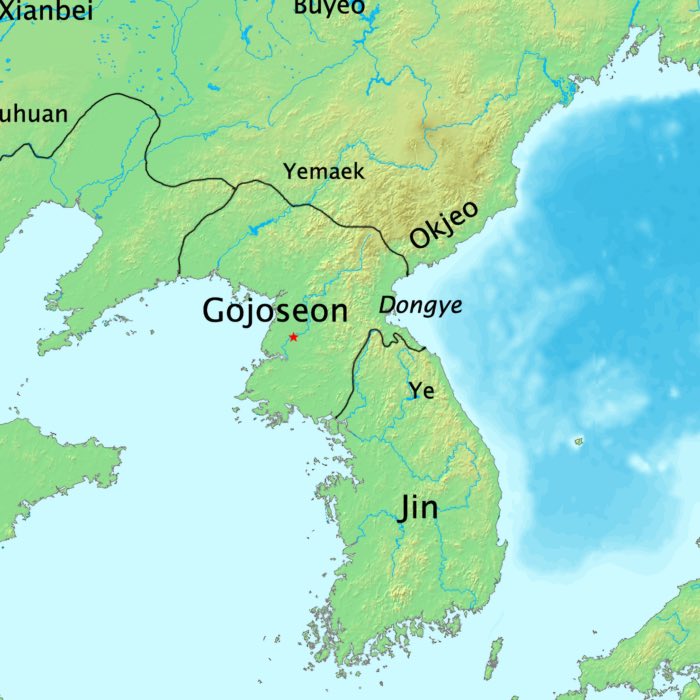

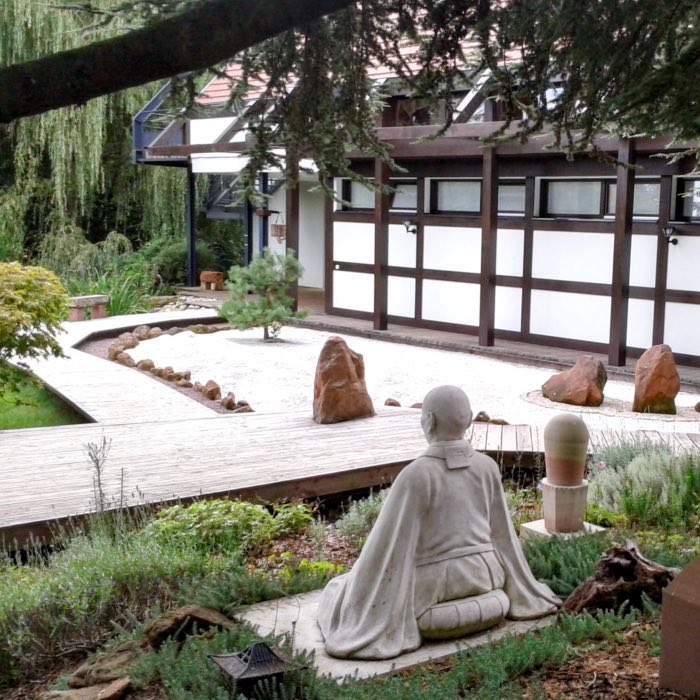
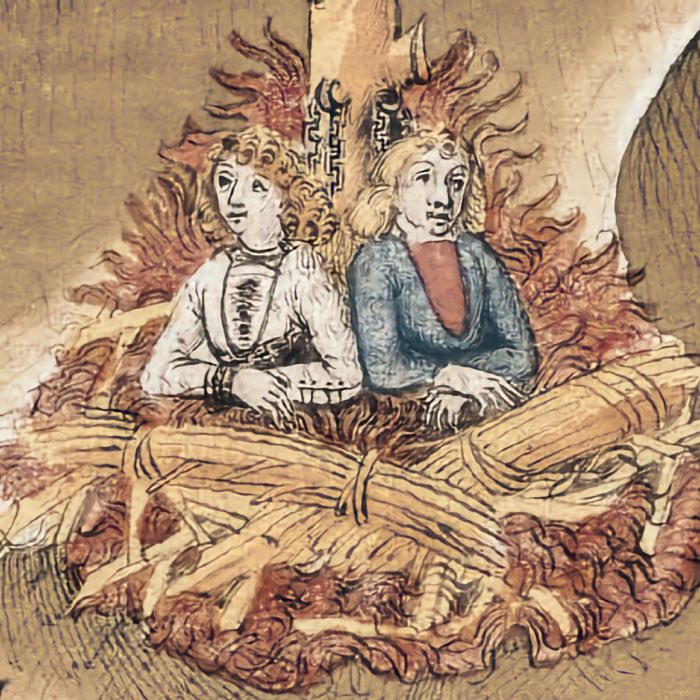

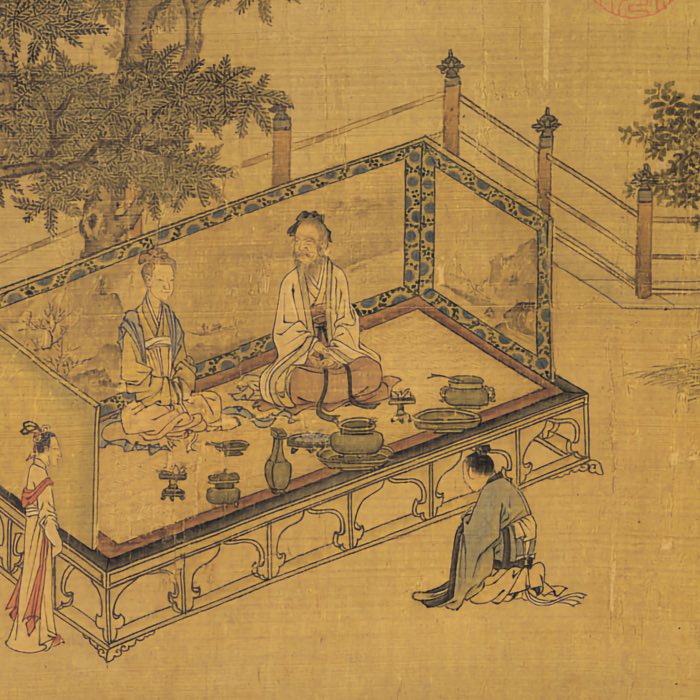
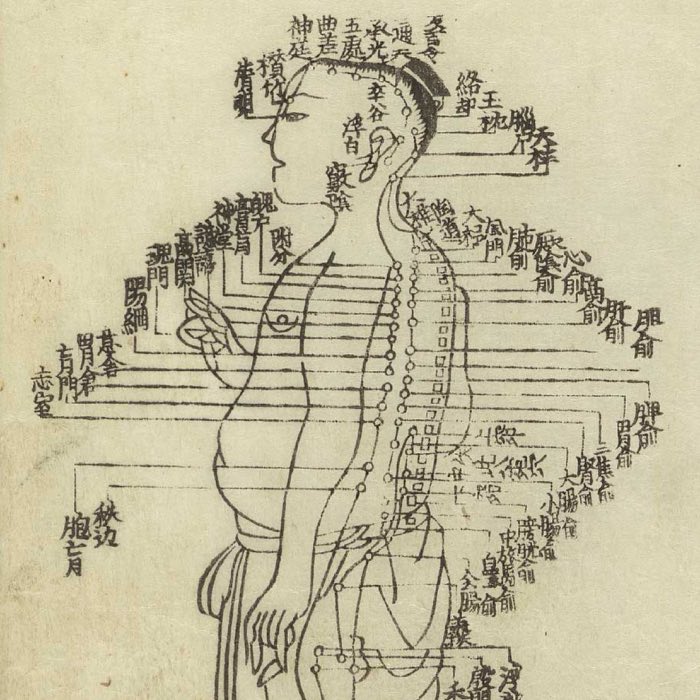
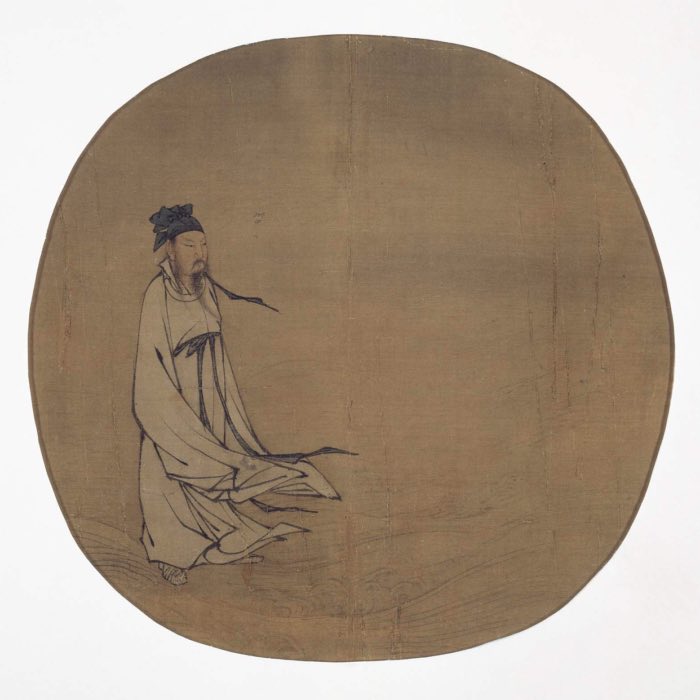
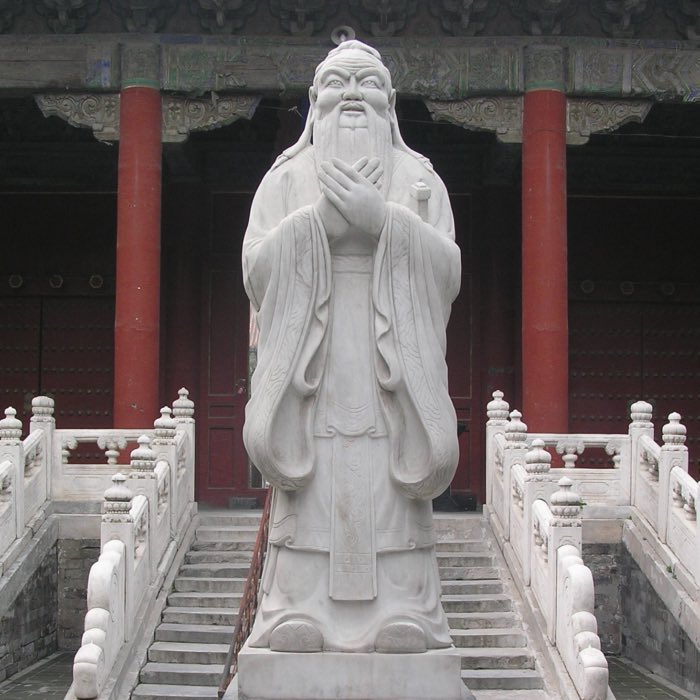

comments